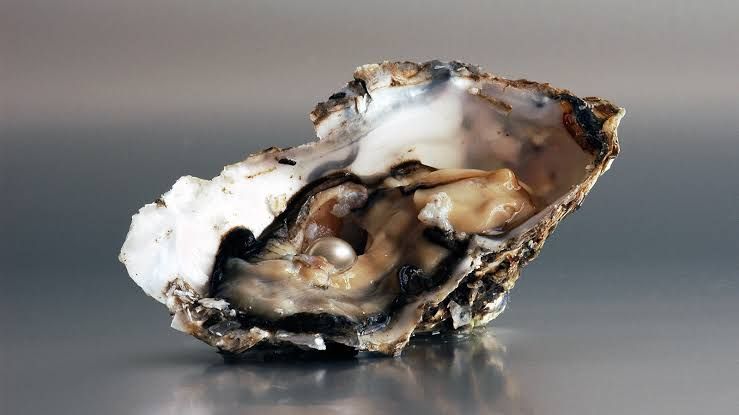The Mystique of Marine Oysters and Pearl Farms: Delving into Vietnam's Lustrous Heritage
In the cerulean waters of Vietnam's coastline, a captivating narrative is being woven, strand by iridescent strand. This tale is not just about the marine oysters that thrive in these waters but also the flourishing pearl farms that dot the coastal stretches. Vietnam, an ancient land rich in

In the cerulean waters of Vietnam's coastline, a captivating narrative is being woven, strand by iridescent strand. This tale is not just about the marine oysters that thrive in these waters but also the flourishing pearl farms that dot the coastal stretches. Vietnam, an ancient land rich in history and traditions, has embraced the modern world of pearl farming, merging ancient wisdom with contemporary techniques. Here's a closer look at this shimmering industry.
Vietnam's Affinity with Oysters and Pearls
Vietnam's relationship with pearls can be traced back centuries. Pearls, a symbol of wealth, purity, and luxury, have long been revered in Vietnamese culture. Over time, local communities discovered the art of coaxing these marine oysters into producing the treasured pearls, an endeavor that has evolved into a sophisticated industry today.
The Science Behind the Shine
Marine oysters are fascinating creatures. When an irritant, such as a grain of sand, enters an oyster, it secretes a substance called nacre or mother-of-pearl. Layer upon layer of this substance forms around the irritant, resulting in the creation of a pearl. Today's pearl farms, leveraging this natural process, introduce a tiny nucleus into the oyster to stimulate the production of high-quality pearls.
The Emergence of Pearl Farms
Over recent decades, Vietnam has seen a surge in pearl farming, particularly in regions like Phu Quoc Island. These farms don't just rely on the country's natural marine bounty. They combine it with state-of-the-art equipment and knowledge to ensure that the oysters are kept in optimal conditions for pearl production.
Pearl farming is a meticulous process. From the selection of healthy oysters to monitoring water conditions and ensuring that the oysters are free from parasites, every step is crucial in determining the quality of the pearls produced.
Economic and Cultural Significance
Pearl farming has not only enriched Vietnam's economy through exports but has also played a pivotal role in promoting sustainable aquaculture. As synthetic pearls flood global markets, the allure and value of authentic, farm-produced Vietnamese pearls continue to soar.
Furthermore, the pearls and the farms have become a part of Vietnam's cultural and tourism tapestry. Many farms now offer tours, allowing visitors a glimpse into the intricate world of pearl production. From watching oysters in their natural habitat to witnessing the thrilling moment when a pearl is extracted, these tours offer an unforgettable experience.
The Future of Pearls in Vietnam
With increasing global demand for authentic pearls and the country's dedication to sustainable and quality farming, the future looks bright for Vietnam's pearl industry. The union of nature's wonder and human ingenuity, as seen in Vietnam's marine oysters and pearl farms, is a testament to the country's ability to cherish its heritage while looking ahead to a radiant future.




